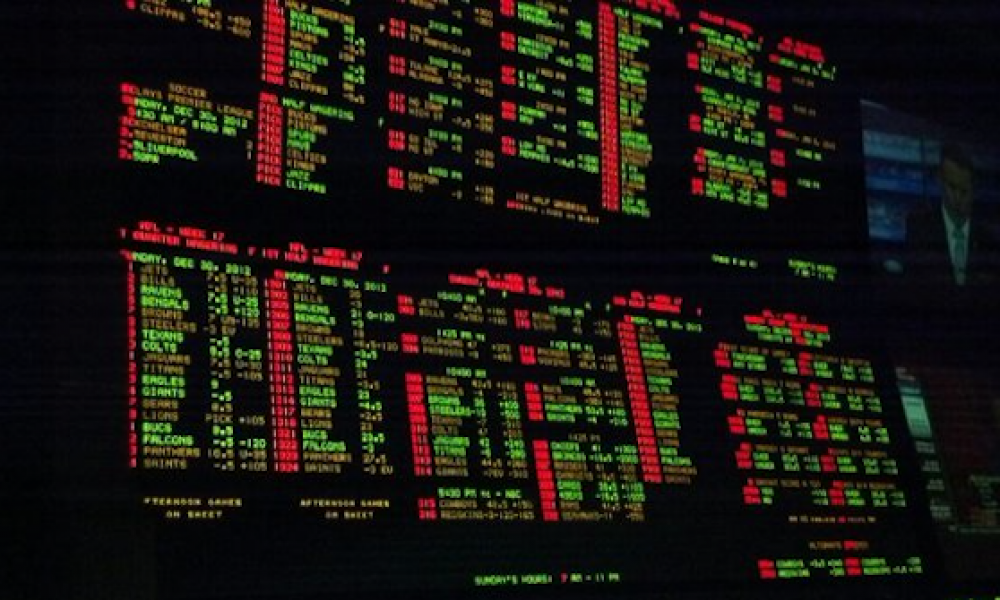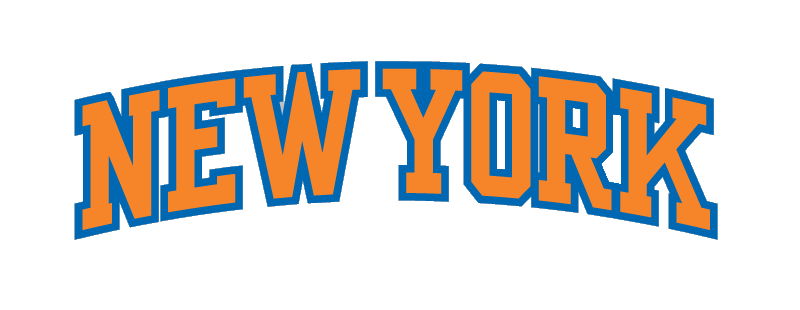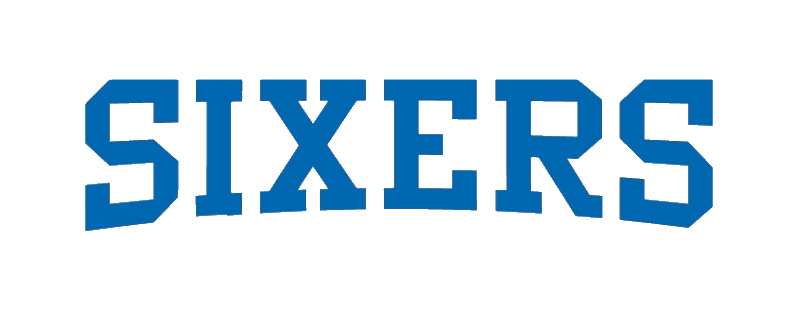
Sports Betting: A Beginners Guide to Wagering
Sports Betting: A Beginners Guide to Wagering
| Philadelphia Eagles vs Dallas Cowboys | |||
| 471 | Eagles | -3 | -175 |
| 472 | Cowboys | 43.5 | +155 |
*We will use this as a reference throughout the article. You will see this format at all major sports books for football, both college and professional. | |||
In all sports betting, the odds are on a “to one” basis. In other words, you always get your bet back, plus winnings, if you win. So, for example, if you must bet $11 to win $10, then you would present $11 at the window and the writer will give you a ticket worth $21 if it wins.
Money Line
Money Line bets are simply on whom will win. No point spreads. Most of the time, one team will be favored over the other. So, if you bet the underdog, then you’d be rewarded with more than even money if they win. If you want to bet the favorite, then you will have to risk more than what you stand to win. Consider game numbers 471 and 472 in the example above. The +155 for the Cowboys means that a bet on the Cowboys would pay $1.55 to $1. The -175 on the Eagles means that if you bet them, then you have to bet $1.75 to win $1.
Point Spread
The most common way to bet football and basketball is with a point spread. Most sports bettors like a wager that has about a 50% chance to win. Less than that and you’ll probably lose. More than that and you won’t win much if you do win.
To achieve about a 50/50 chance of winning a bet on a lopsided game, like the Eagles vs. Cowboys above, the sports books have come up with the “point spread.”
Despite it being probably the most popular way to bet, there is no particular term for a bet against the spread. Many people call this a “straight bet.” However, this term can also be used, and is printed on tickets for, money line bets, total bets, and any other bet involving just one game. For purposes of this article, we will call such bets a “point spread” bet.
A point spread is simply a handicap you give the weaker team, or deduct from the stronger one, depending on how you look at it. For example, if my average scoring in bowling is 120 and I play somebody with an average of 140, then to make a wager fair, I might be given a free 20 points. In this case you would say my point spread is +20.
In the example above you can see a -3 next to the Eagles. That means that the Eagles are favored to win by 3 points. So, if you bet the Eagles you give up ten points and if you bet the Cowboys you get 10 points.
Usually with point spread bets you risk $11 for every $10 you stand to win.
Both bets will push, you get your money back, if the Eagles win by exactly 3.
Total
Total Bets are similar to point spread bets, except the bettor bets on the total points scored. In the example above the bettor bets whether the total points combined between the Vikings and Rams will be over or under 43.5. Like point spread bets the bettor must generally risk $11 to win $10, for a house edge of 4.54%.
Parlays
Parlay bets are a good and popular way to potentially win big with a small wager. The way they work is the bettor picks two or more events, which all must win or push to win the bet. One or more loss will cause the whole parlay bet to lose. In the event of a push, that “leg” of the parlay bet will be ignored and the win will be reduced to whatever it would pay if that selection was never made, so if you had a four team parlay it would now be a three team parlay. Parlay bets can be done “off the board” or on a parlay card. If betting off the board, the bettor goes up to the window and states his picks and the point spread on the board is used.
When betting off the board a calculation will be made according to the odds on each event in the parlay. You will win the same amount as if you bet each event separately and parlayed all winnings as you went. An exception is if every event you pick is at -110 odds, in which case predetermined nice round odds will be used. Except for a three-leg parlay, these preset odds are not as generous as if the calculation method were used. For this reason, it is a good idea to have at least one event in the parlay that isn’t -110, which will force the calculation method to be used.
If you don’t want to hold up the line, you can fill out a parlay card. These are 4.25″ by 11″ colored cards with lots of choices to bet on. Just bubble in the picks you want, the total number of picks, and the bet amount. The machine will read the card and print out a ticket in seconds.
Teasers
Teasers are similar to parlays except the point spread on each game moves a certain number of points in the player’s favor. In football the player gets 6 to 7 points, and in basketball, 4 to 5 points. The player pays for this in the form of much lower winnings. For example, if the Eagles were part of a 6-point teaser, then they would need to win or lose by less than 3 points. If the Cowboys were part of a teaser, they could win, or lose by less than 9, and cover.
Buying Half a Point
In football and basketball, the straight bet player has the option to move the point spread 1/2 point to his advantage. The cost of this half point is laying -120, as opposed to -110. Not all sports books allow this, and if they do, they usually don’t let you buy off of the common three-point margin of victory in football.
Futures
Futures are a bet on who will win the championship when there are still more than two possible teams to bet on. The house edge on futures varies substantially from one sports book to another. However, in general, they are a sucker bet.
Propositions
Often big games will have “proposition” bets on things not directly related to the final score of the game. These are usually abbreviated to “prop” bets. For example, in football whether or not the first score will be a touchdown. In baseball whether a run will be scored in the first inning. In hockey/soccer, whether anybody will score a hat trick. The odds on these are expressed like point spread bets. For example, as I write this my book has the following proposition bet on the Bears vs Chargers Monday Night Football game:
Will there be a score in the last two minutes of the first half?
Yes: -280
No: +220
This means a bet on the “yes” pays 1 to 2.8, and on the “no” pays 2.2 to 1.
Basic Strategy
I could talk all day about betting sports, and I will dive deeper into strategies in articles to follow, but I know some of my readers just want it simplified to nice sound general rules across all sports. For those readers, here is my basic strategy for sports betting:
- Money lines: Bet underdogs
- Point spread bets: Bet underdogs
- Totals: Bet unders
- Parlays: Bet off the board as opposed to the cards. Either do a three-team parlay or mix in one event that doesn’t pay -110 odds
- Teasers: Unless you know to cross the key numbers (namely 3 and 7 in football), avoid teasers completely
- Futures: Avoid them, as they carry a high house edge of about 30%. If you must bet them, for entertainment reasons, do so in strict moderation
- Propositions: Bet unders and things not to happen
- All bets: Shop around. Lines can vary from one sports book to another, it pays to compare lines for extra points or better odds
Stay tuned for future articles where I will break down line meanings and strategies by sport.




